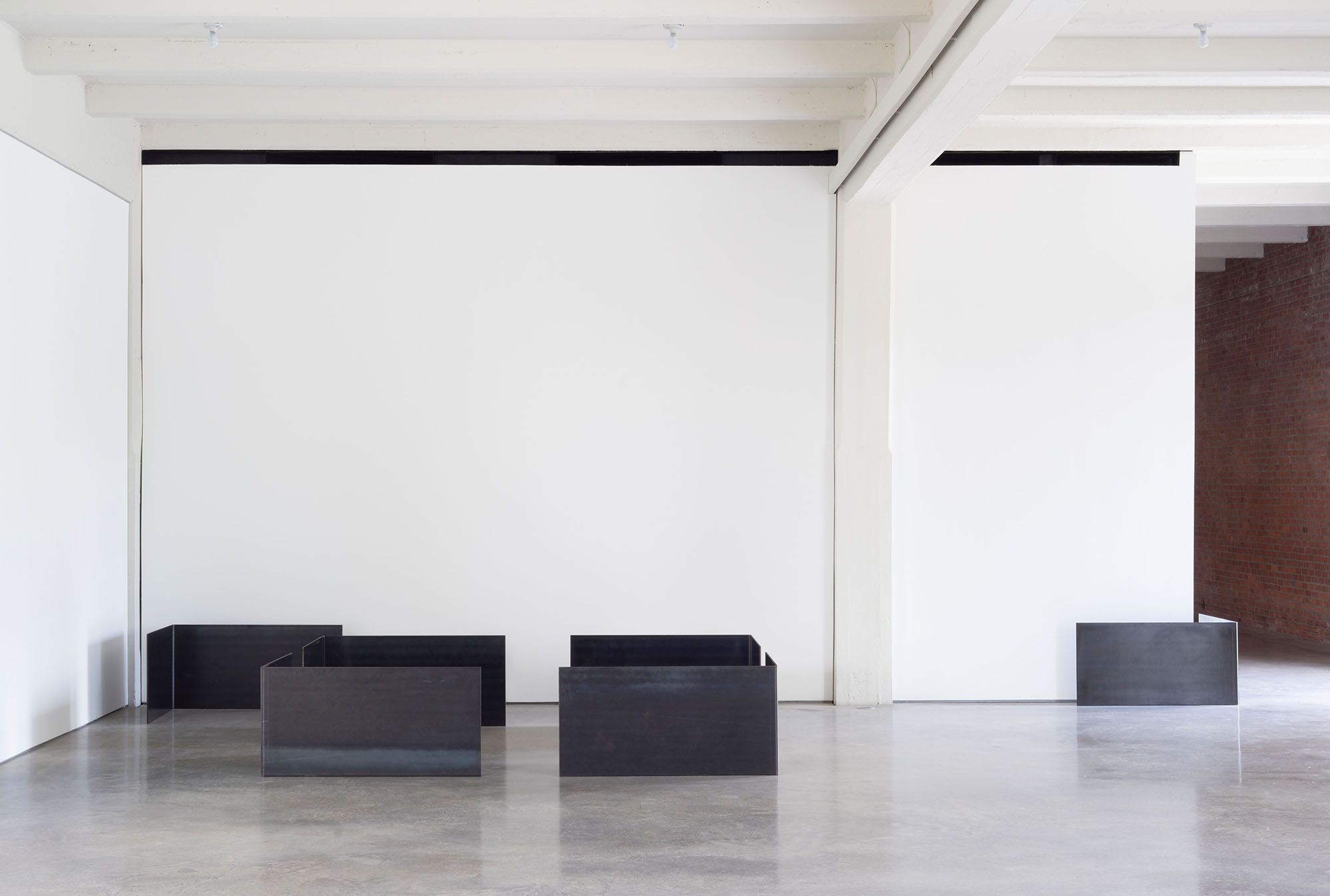Shows
Lee Ufan at Dia:Beacon


Spare and abstract at first glance, Lee Ufan’s sculptures and installations are deeply complex meditations on a person’s relation to their environment, elucidated via the subtle interplay of raw industrial and natural materials. This arranging of matter is characteristic of Mono-ha, a loose collective of Tokyo artists in the late ’60s who rejected Western modernism’s focus on subjectivity and artist intervention in favor of a methodology that emphasized the impact of the surrounding space on the creation and experience of art objects. Lee, who had an academic background in philosophy, was an informal spokesperson of sorts for Mono-ha, writing eloquently about the phenomenological questions on experience, perception, and material reality at the heart of the movement.

Dia:Beacon presented at the back of its colossal space five of Lee’s large-scale sculptures—or “structures,” as he preferred—from the 1960s and ’70s, all titled Relatum. (In 1972, Lee renamed all his works Relatum, Latin for “related entity,” which derives from philosopher Martin Heidegger’s notions on relativity.) One first encountered the ruminative Relatum (1974), consisting of a thick rope dangling from the ceiling. About halfway down, one end of a thin wooden beam is knotted in the rope, recalling parts of a ship. The other end of the pole rests on the surface of a black metal sheet lying on the ground. Imprinted on the sheet is a silver circle radiating from the spot where the wood touches the metal, seemingly resulting from the contact over time, which adds an element of duration to the work. Arranged randomly or made to appear so, smooth stones are sprinkled around the edges and directly on top of the sheet. The semi-suspended piece of wood gives the sculpture a sense of drama, as if it is trapped in time. With the pole tilted at an acute angle, the sculpture appears to gesture toward the space around it; at Dia’s partially open galleries, this inevitably leads one to compare the sculpture with nearby works by Lee’s peers, alluding, as the press release notes, back to Lee’s interest in interconnectivity.
Diagonal to Relatum (1974), in a room of its own, was the domineering and monolithic Relatum (formerly Iron Field, 1969). This is a work of quantity—of sand and steel. Like reeds, a vast thicket of thin silver steel rods stick out of a huge bed of sand. The malleable sand contrasts with the rigid shape of the rods. The rods at each end bend, or have been completely tamped down in the sand, while the rest in the middle shoot upward, giving the piece a harsh and aggressive aura.
On a more modest scale was Relatum (formerly System, 1969), made solely out of steel plates. There were six of these in total, all of them bent into 90-degree angles and lying on the floor. Four of them form the outline of a rectangle that a spectator can walk freely into and out of. The remaining two interact more explicitly with the gallery itself: one’s corner aligns neatly with the corner of the room, the plate nearly touching it; the other plate is reversed, its inside corner just fitting over the outer edges of a semi-partition. This work exemplifies Lee’s art at its purest; with just one type of item, expertly arranged, the structure draws attention to fundamental, geometric shapes in architecture.

The pieces on display indicate an artist with a strikingly cohesive practice, utilizing the same components (stones, slabs of steel) to address recurring conceptual preoccupations, from the dissolution of the subject-object model in art, to the value of experience, to altering perceptions on nature, mankind, and their relationship. Lee’s work is not static; there’s dynamism to his structures, a tension intrinsic to the assemblage of these basic materials. As one engages with them, Lee’s sculptures exude a quiet force.
Lee Ufan’s solo exhibition is on view at Dia:Beacon, New York, until May 5, 2021.







